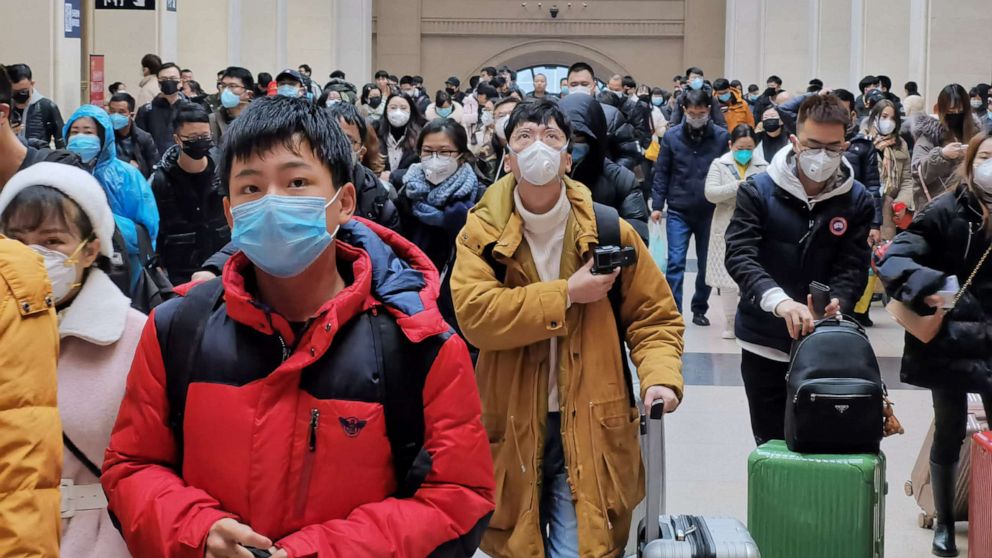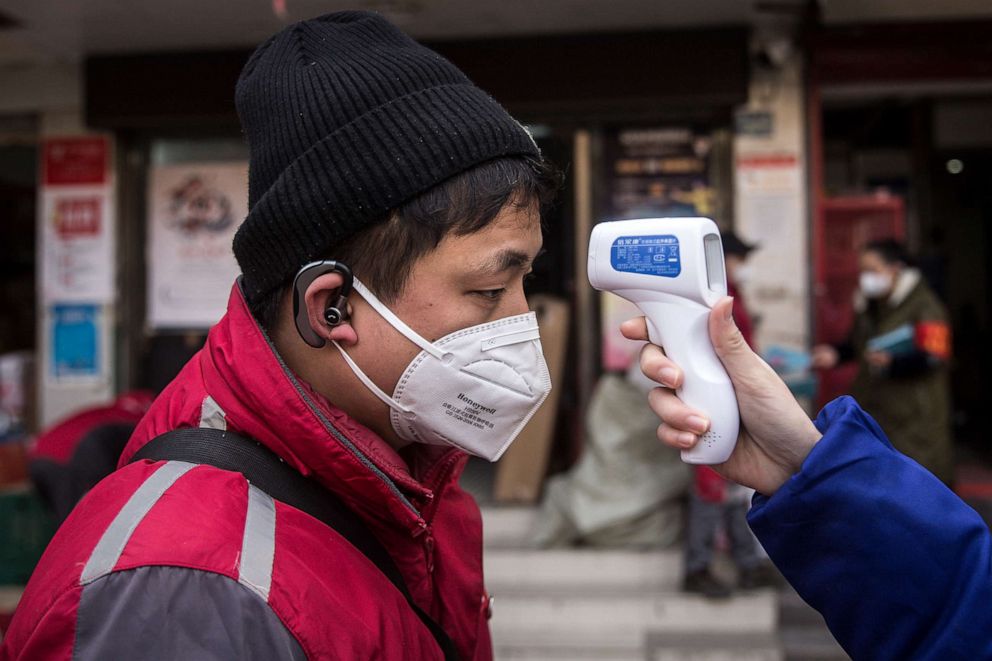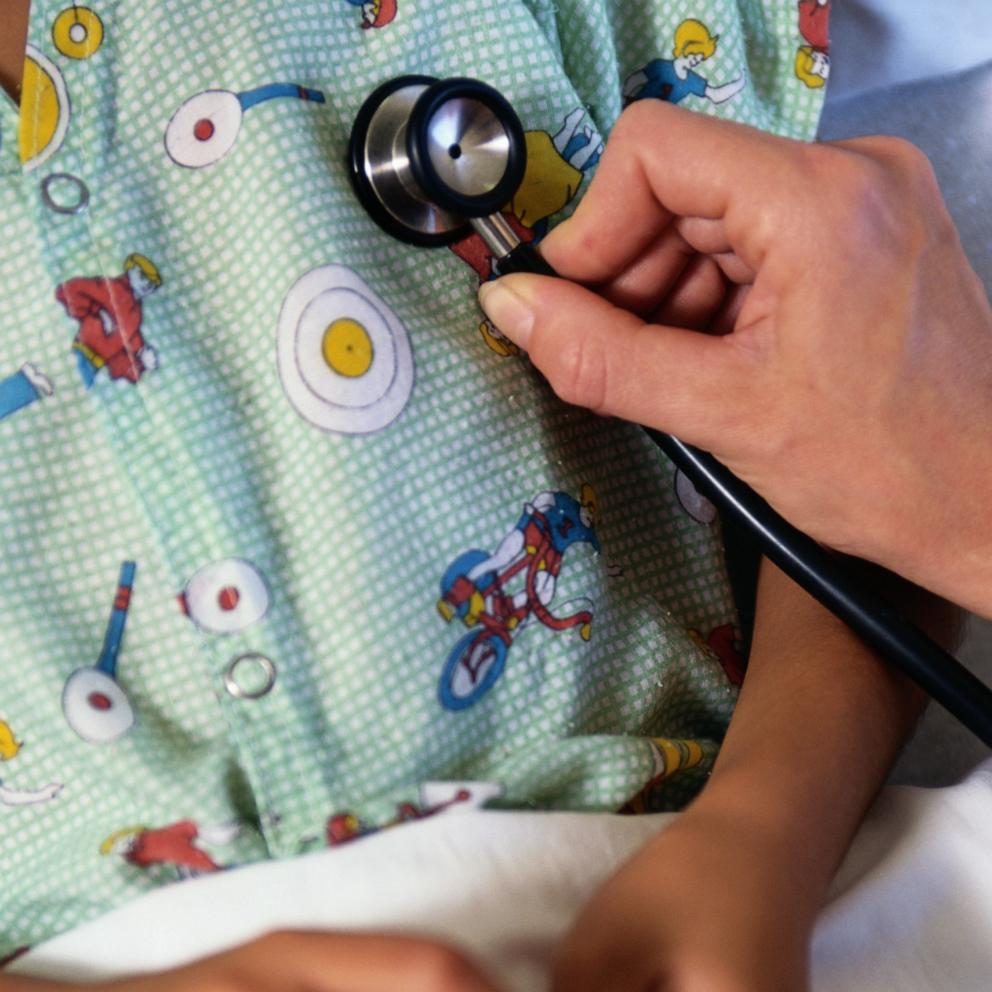What scientists think about China changing how it counts coronavirus cases
When China last week changed the criteria for diagnosing and reporting patients with novel coronavirus in Hubei province, the result was a staggering 14,840 new cases -- and from Wednesday night into Thursday, another 242 deaths.
Experts said they'd long suspected cases in China had been undercounted. In Hubei, the outbreak's epicenter, medical professionals have struggled to keep up with an onslaught of patients, and hospitals without enough test kits have turned people away.
"One of the concerns has always been that they don't count the patients who have mild illness, because they don't have the resources to do so," said Dr. Stanley Perlman, a professor of microbiology and immunology at the University of Iowa.
Through Friday, China had reported a total of 63,851 cases and 1,380 deaths, including those detected using the new criteria.

Previously, cases were reported only when patients tested positive for the virus using a diagnostic test. By expanding the criteria to include so-called clinically diagnosed cases, doctors can diagnose patients without laboratory testing, using methods such as CT lung scans. Giving doctors the discretion to treat patients without lab tests allows them to more quickly administer treatments, Chinese health authorities explained in a statement.
Although the switch came suddenly, health experts said changing the case definition while investigating a previously unknown outbreak is not unusual.
On one hand, it's possible that giving doctors the latitude to diagnose without lab tests could provide a more realistic picture of case counts and mortality rates for COVID-19. But on the other hand, CT scans aren't specific to coronavirus, explained Dr. Arthur Reingold, an epidemiologist at the University of California, Berkeley.
"It introduces additional challenges in interpreting the numbers," he said.

The World Health Organization said it wants more clarity on how clinicians in Hubei are making diagnoses, Dr. Tedros Adhanom Ghebreyesus, WHO's director general, said Friday during a news briefing in Geneva. The fear is that without lab tests, diseases with similar symptoms could get counted as COVID-19 cases.
Since there's no known treatment for novel coronavirus, the change shouldn't hinder patients' ability to get care. But for scientists tracking the outbreak, it could muddy the waters.
It's important "to ensure other respiratory illnesses, including influenza, aren't getting mixed into the COVID-19 data," Tedros warned. The WHO continues to report cases using its own numbers, which don't include the clinically diagnosed cases coming out of Hubei.
According to WHO figures, 48,548 cases had been reported through Friday.
"It's wonderful, clinically," said Dr. William Schaffner, medical director for the National Foundation for Infectious Diseases. "It's not very helpful, epidemiologically."

With constantly changing definitions, it's harder to track the outbreak and complicates determining the effectiveness of quarantines.
"Anyone who is knowledgeable would be very cautious in saying are numbers going up, or down, or leveling," Reingold said.
"You have to have a modicum of consistency over time," Schaffner added. "You can't start with counting just spades, and then add diamonds, and subtract hearts and add in clubs at the end. That's just confusion."
Still, Reingold acknowledged that armchair analysis among epidemiologists doesn't take into account the realities on the ground in Hubei.
"They are busy dealing with an enormous problem," he said. "It's easy for me to sit in Berkeley and say could they do X, Y and Z."
ABC News' Karson Yiu contributed to this report.



